Why Weed Doesn’t Get Me High Anymore?

Have you been smoking, vaping, or eating weed regularly and now experiencing fewer effects and a less noticeable high? You might be asking yourself, "Why doesn't weed get me high anymore?"
If so, you're not alone. Many cannabis users encounter a phenomenon known as the "weed plateau," where you just can’t seem to get as high as you once did, or at all, depending on the circumstances.
If you find yourself endlessly consuming larger quantities of cannabis with no effect, keep reading this comprehensive guide because we’ll tell you why it’s happening and how you can overcome it.
Key Takeaways
- Regular use of cannabis can lead to tolerance, where your body becomes less sensitive to THC, resulting in a diminished high.
- Using low-quality or old cannabis with reduced THC content can lead to a weaker and less satisfying experience.
- Proper inhalation is crucial; shallow or incorrect breathing can limit THC absorption, reducing the high.
- Stress and anxiety can dampen the effects of cannabis, making it harder to achieve the desired high.
- Combining cannabis with alcohol, caffeine, or nicotine can interfere with THC's effects, leading to a diminished high.
What is a Weed Plateau?
Hitting the weed plateau is like reaching a point where your cannabis experience doesn’t have the same kick it used to. When you first start using cannabis, the highs can be intense and euphoric.
But over time, your body gets used to THC and other cannabinoids, so the same amount doesn’t give you that buzz anymore. This can be pretty frustrating, especially if you’re chasing the same enjoyment you got when you started.
So, what might you experience if you reach your weed plateau?
Symptoms of Reaching a Weed Plateau
When you hit a weed plateau, it can show up in different ways for different people. Some might notice that their high just isn’t as strong as it used to be, while others might feel like they’re not getting anything out of it, no matter how much they consume.
Here are some common signs:
- Less euphoria than before
- Weaker psychoactive effects
- Overall lack of that buzz you’re looking for
Recognizing these signs is the first step in figuring out how to get your cannabis experience back on track. However, knowing why it’s happening will let you overcome this issue.
Check out Mellow Fellow for products strong enough to overcome your weed plateau!
Possible Causes of Not Getting High
There are a few key reasons you might hit a weed plateau, with building up a tolerance playing a big role because using THC regularly can make your brain less sensitive to it. The quality of your cannabis matters, too, as old or low-quality weed doesn’t pack the same punch.
Stress and anxiety can also mess with your high, making it less enjoyable. And finally, how you consume your cannabis, such as not inhaling properly or not taking enough, can lead to a weaker experience.
Let’s start by looking at one of the most common causes: tolerance buildup.
Tolerance Buildup
One of the primary factors contributing to the weed plateau is tolerance buildup.
Regular cannabis consumption can lead to the desensitization of cannabinoid receptors in the brain, making it increasingly difficult to achieve the same high and effects.
This occurs as a result of repeated exposure to THC, the primary psychoactive compound in cannabis, leading to a diminished response over time.
Poor Quality Cannabis
The quality and freshness of your cannabis make a difference in how well it works.
If you’re smoking old or low-quality weed, it’s likely to have less THC, which can lead to a weaker high and a less satisfying experience.
Plus, if there are any contaminants or fillers in your cannabis, that can also affect its potency and might be part of why you’re hitting a weed plateau.
Inhalation Technique
How you inhale makes a big difference in getting the most out of your cannabis. If you’re not taking deep enough breaths or fully expanding your lungs, you might not be absorbing as much THC, which can lead to a weaker high. Proper inhalation techniques can boost your experience and help you feel the effects more fully.
Psychological Factors
Stress, anxiety, and other psychological factors can influence the cannabis experience. High levels of stress hormones may dampen the effects of THC, making it difficult to achieve the same effects as you once did. Creating a relaxed environment and mindset can help enhance the overall experience.
Interference from Other Substances
Mixing cannabis with other substances like alcohol, caffeine, or nicotine can influence the cannabis high to some degree.
Consuming these substances simultaneously can reduce the effects of THC. This is particularly the case with stimulants such as caffeine, which may counteract the potentially relaxing effects of cannabis.
Low-THC or High CBD Strains
Using strains with low THC content or high CBD content can result in a diminished psychoactive effect. CBD is not psychoactive and can relax users but not produce the typical cannabis high.
This is also related to tolerance, as the higher your tolerance is, the more THC your strains need to have to achieve the same effects as once before.
Are you looking for something potent? Take a look at this Northern Lights Dream Blend Live Resin Vape Cartridge.
Insufficient Dosage
Aside from your weed not having enough THC and psychoactive substances in it, you might just not be consuming enough. Whether smoking, vaping, or eating, everybody requires a certain amount of cannabis to feel the effects. Maybe you just haven’t consumed enough.
As tolerance is one of the leading causes of a lack of high, let’s explore this issue in more detail.
Boost Your High with Synergistic Cannabinoids
Another factor that can help you overcome the weed plateau is the entourage effect. This concept explains how different cannabinoids and terpenes in cannabis work together to enhance and balance each other’s effects. Instead of relying solely on THC, the entourage effect allows you to experience a more rounded and satisfying high by incorporating a variety of compounds from the cannabis plant.
How the Entourage Effect Works
When you consume cannabis, it's not just THC that interacts with your body. CBD (cannabidiol), CBG (cannabigerol), and various terpenes like myrcene, limonene, and pinene also play significant roles. For example, a study published in the British Journal of Pharmacology found that CBD can help reduce some of the anxiety that THC might cause, resulting in a smoother and more controlled high. Similarly, terpenes can influence the aroma and may also affect how cannabinoids interact with your brain receptors, enhancing the overall experience.
Using Cannabinoid Blends to Enhance Your Experience
In addition to full-spectrum products, cannabinoid blends are becoming popular because they combine multiple cannabinoids in specific ratios to tailor the high to your needs. Blending THC with CBD or CBG can create a more comprehensive effect, helping you achieve the desired high without solely increasing your THC intake. Research in Frontiers in Pharmacology highlights that combining different cannabinoids can improve therapeutic outcomes by targeting various pathways in your endocannabinoid system.
Tips to Maximize the Entourage Effect
- Choose Full-Spectrum or Broad-Spectrum Products: These contain a wide range of cannabinoids and terpenes, maximizing the entourage effect.
- Try Cannabinoid Blends: Look for products that mix multiple cannabinoids in synergistic ratios to enhance your overall experience.
- Rotate Your Strains and Products: Switching between different strains and cannabinoid blends can prevent tolerance buildup and keep your cannabis experience fresh.
- Seek Expert Advice: Consult with knowledgeable dispensary staff or healthcare professionals to find the right combination of cannabinoids and terpenes tailored to your needs.
Incorporating the entourage effect and cannabinoid blends into your cannabis routine offers a holistic way to enhance your high and manage tolerance. By embracing the complex interactions within the cannabis plant, you can enjoy a more fulfilling and consistent experience.
Why This Matters for Your Weed Plateau
Understanding and utilizing the entourage effect can be a game-changer in overcoming a weed plateau. By choosing strains or products that offer a balanced mix of cannabinoids and terpenes, you can enhance your high without constantly increasing your THC consumption. This approach not only makes your experience more enjoyable but also helps manage your tolerance more effectively.
How Does Tolerance to Cannabis Develop?
When you consume cannabis regularly, your body's endocannabinoid system adapts to the constant presence of THC. This leads to a reduced response to THC over time, resulting in the need for higher doses to achieve the same desired effects.
The endocannabinoid system consists of receptors, endocannabinoids, and enzymes that regulate various physiological processes, including mood, appetite, pain sensation, and memory.
CB1 receptors, which are primarily found in the central nervous system, play a significant role in the development of cannabis tolerance. Let’s find out what that role is.
Role of CB1 Receptors in Tolerance Development
CB1 receptors are the primary targets of THC in the brain. When THC binds to these receptors, it triggers the release of neurotransmitters, such as dopamine, which are thought to be responsible for the pleasurable and rewarding effects associated with cannabis use.
However, with repeated exposure to THC, the CB1 receptors become less sensitive to THC and other cannabinoids. This desensitization is known as downregulation, where the number of CB1 receptors on the surface of neurons decreases in response to the constant stimulation by THC.
To compensate for this reduced sensitivity, you may need to increase your dosage or frequency of consumption, further contributing to the tolerance buildup. That said, what factors influence a tolerance buildup to THC?
Factors Influencing Tolerance Buildup
Several factors can influence the rate at which cannabis tolerance develops, including the frequency of use, dosage, and potency.
Here’s why your tolerance has built up:
- Frequency of Use: More frequent cannabis consumption can accelerate tolerance buildup.
- Dosage: Higher doses of THC can lead to a faster development of tolerance compared to lower doses.
- Potency of Cannabis: Consuming high-THC strains or concentrates can contribute to a faster tolerance buildup.
- Individual Differences: Genetics, metabolism, and overall health can affect how quickly tolerance develops and the extent to which it impacts your cannabis experience.
It's important to note that tolerance to cannabis is not permanent. Taking a break from consumption, known as a tolerance break or t-break, can help reset your body's sensitivity to THC. During a t-break, the CB1 receptors have the opportunity to recover and become more responsive to the presence of THC once again.
Now that we know why you’re not getting high anymore, let’s discuss how to overcome this problem.
Strategies to Overcome a Weed Plateau
Several strategies can help you overcome the weed plateau, such as taking a tolerance break, switching consumption methods, and improving your inhalation technique.
Related Products

Here’s how to overcome the weed plateau:
Take a Tolerance Break
One effective approach is to take a tolerance break. Staying away from cannabis, typically a few days to a few weeks, allows your body's endocannabinoid system to reset and regain sensitivity to THC.
During this break, your CB1 receptors can recover and become more responsive, potentially leading to a more intense and satisfying high when you resume consumption.
Change Your Consumption Method
Another strategy is to switch up your consumption methods. If you typically smoke flower, consider trying alternative methods like edibles or vaping concentrates.
These products offer different absorption rates and can produce unique effects, potentially bypassing the tolerance you've developed to your usual smoking routine.
Vapes usually have much higher THC levels than flower, and edibles produce a much stronger effect than either smoking or vaping.
Experimenting with different methods can introduce variety and help you discover new ways to enjoy cannabis.
Work on Your Inhalation Technique
Improving your inhalation technique can also make a difference. Proper inhalation allows for maximum absorption of THC into your bloodstream. Take slow, deep breaths when smoking, and hold the smoke in your lungs for a few seconds before exhaling.
This technique maximizes the surface area of your lungs exposed to the smoke and increases the amount of THC absorbed. Mastering a proper inhalation technique can help you get the most out of your cannabis, even with a higher tolerance.
Manage Stress
Managing stress and anxiety is another key factor in enhancing your cannabis experience. High levels of stress may interfere with the effects of THC, making it harder to achieve the desired high.
Engaging in mindfulness practices, meditation, or relaxation techniques before and during your cannabis sessions can promote a more positive and receptive mindset. Creating a calm and comfortable environment can also contribute to a more enjoyable and fulfilling experience.
Increase Potency
If your tolerance has reached a point where your usual products no longer produce the desired effects, consider opting for higher potency options.
Concentrates like dabs or moonrocks contain significantly higher levels of THC compared to flower, allowing you to feel the effects more strongly.
However, it's essential to approach these products with caution and start with small doses to avoid overwhelming your system.
Consider Alternative Cannbinoids
For those seeking different experiences beyond traditional cannabis, THCh (tetrahydrocannabihexol) offers an interesting alternative. As a distinct cannabinoid with notably different effects from regular THC, THCh provides its own unique experience. While regular cannabis users may be familiar with traditional THC effects, THCh offers a different pathway with its own characteristic potency and effects profile.
When considering THCh options, we suggest considering these 0.5g disposable vapes that feature advanced ceramic coil technology for optimal delivery:
Skywalker OG THCh: This legendary indica-dominant strain is particularly appealing for those who find their usual evening cannabis no longer provides adequate relaxation. Known for its potent body-heavy effects, Skywalker OG's THCh variant amplifies the strain's natural ability to melt away stress and physical tension. Users report profound relaxation and sedation, making it ideal for those struggling to achieve the deep, calming effects they once experienced from regular THC products.
Green Goblin THCh: For daytime users who've lost the energetic buzz they used to enjoy, this sativa powerhouse offers an invigorating solution. Green Goblin's THCh formulation enhances the strain's natural ability to provide clear-headed energy and creative stimulation. The combination of THCh's potency with Green Goblin's uplifting characteristics makes it especially effective for those seeking to recapture the motivated, focused energy that regular sativas no longer provide.
Cheetah Piss THCh: Despite its provocative name, this balanced hybrid offers sophisticated relief from tolerance issues. Combining THCh's enhanced potency with the strain's well-rounded effects profile, Cheetah Piss delivers both mental clarity and physical relaxation. It's particularly suited for users who miss experiencing the full spectrum of cannabis effects and want to restore both the cerebral and body-focused aspects of their high.
Each of these vapes utilizes our premium ceramic coil technology, which ensures cleaner, more flavorful hits compared to traditional cotton coils, allowing you to fully experience THCh's enhanced effects. As with any high-potency cannabinoid, start with small pulls to gauge your response, even if you have a high tolerance to regular THC
Be Weary of Mixing Substances
Lastly, be mindful of potential interference from other substances. Mixing cannabis with alcohol, caffeine, or nicotine can alter the effects of THC and potentially diminish your high.
To experience the full potential of cannabis, consider smoking without combining it with other substances. This approach allows you to focus solely on the effects of THC and enjoy its unique properties.
Experiment with these strategies to find what works best for you. However, as mentioned above, edibles generally result in a much stronger high due to how they are absorbed by the body, making them one way to overcome your current weed plateau.
Are edibles Stronger Than Smoking?
Yes! Edibles can provide a much stronger experience than smoking or vaping any cannabinoid.
This happens thanks to how cannabinoids are metabolized. While vaping brings the cannabinoids directly to the capillaries in your lungs and then to your bloodstream, edibles first need to be absorbed and digested by the digestive system.
Edibles are broken down and absorbed through the intestine wall, bringing the cannabinoids to your liver. When you consume THC, especially through edibles, your liver gets to work breaking it down.
During this process, THC converts into a compound called 11-hydroxy-THC. This new form of THC is much stronger than the original because it can cross into the brain more easily, leading to a more intense high. This is why edibles often feel more potent and last longer than smoking or vaping, even if the amount of THC is the same.
That said, even edibles can vary in how they influence you, and this needs to be taken into account.
Factors Influencing Edible Potency
Several factors can influence the potency of edibles, including dosage, metabolism, food intake, and the quality of the ingredients.
Here’s why you might feel varying degrees of effects from edibles:
Dosage
The amount of THC or other cannabinoids in the edible determines its overall strength. Always check the dosage information on the packaging and start with a low dose to assess your tolerance. However, because of how edibles are metabolized, it often doesn’t take much to achieve a notable high, as little as 5mg or 10mg.
Metabolism
Your metabolism plays a significant role in how quickly and intensely you feel the effects of edibles. Factors like body weight, diet, and genetic variations can impact the rate at which your body processes cannabinoids. The faster your metabolism is, the quicker and harder the effects of edibles will be.
Food Intake
Consuming edibles on an empty stomach can lead to a faster and more intense onset of effects while eating them after a meal may result in a slower and more gradual experience.
Quality of Ingredients
The quality of the cannabis extract used in the edible, as well as the other ingredients, can affect its potency and overall effects. Opting for reputable brands that use high-quality, lab-tested ingredients ensures a more consistent and reliable experience.
If you’re looking for high-quality edibles, these Mellow Fellow M-Fusion Delta 8 Fruit Punch Gummies are the perfect choice.
Tolerance
Your tolerance to THC and other cannabinoids can influence how strongly you feel the effects of edibles. Regular cannabis users may require higher doses to achieve the desired effects compared to occasional or new users.
It's important to be patient when consuming edibles and start with a low dose. Depending on the factors mentioned above, the onset of effects can take anywhere from 30 minutes to 2 hours.
Avoid consuming more edibles if you don't feel the effects immediately, as this can lead to an uncomfortable or overwhelming experience when the effects kick in.
What is the Best Way to Overcome the Weed Plateau?
To keep your cannabis experience fresh and avoid hitting a plateau, it's essential to manage your tolerance, explore new strains and products, and maintain a mindful approach to consumption.
Start by paying attention to your use patterns, including when, how much, and why you consume, and make adjustments based on how your body responds.
Experimenting with different strains can introduce you to new flavors, aromas, and effects, keeping things exciting. You might also try non-smoking methods like vaping, edibles, or tinctures, which offer varied onset times and effects.
The key is to stay open-minded and find the right balance that works for you. Remember, your cannabis journey is personal, so what works for others might not be the best fit for you.
If you're looking to enhance your experience and manage tolerance effectively, Mellow Fellow offers a variety of premium products tailored to your needs.
Frequently Asked Questions
How Long Should a Tolerance Break Last to Reset My Sensitivity to THC?
A tolerance break typically lasts from a few days to a few weeks. The duration depends on your level of cannabis use and how quickly your CB1 receptors recover. A two-week break is a good starting point for most people.
Can Switching Between Different Cannabis Strains Help Prevent Tolerance Buildup?
Yes, rotating between strains with different cannabinoid profiles can help slow tolerance buildup by exposing your body to varying levels of THC and other cannabinoids, potentially offering a fresher experience.
Are There Specific Activities or Environments That Can Enhance the Effects of Cannabis?
Yes, engaging in relaxing activities like meditation or creating a calm environment can enhance the effects of cannabis. A stress-free setting can make your experience more enjoyable and potentially more potent.
1 comment
Explore Other Articles
View allExplore more
- 11 hydroxy thc
- Blends
- blunt
- burn blend
- cannabinoids
- cartridge
- CBD
- cbg
- CBN
- Charged Blend
- Clarity Blend
- Concentrates
- Connection Blend
- Creativity Blend
- Dabs
- delta
- delta 10
- delta 11
- delta 8
- Delta 8 thc
- delta 9
- delta 9 thc
- Delta-10-THC
- Delta-11-THC
- delta-8
- Delta-8-THC
- Delta-9-THC
- delta9
- Desire Blend
- destination series
- Diamonds
- disposable
- disposable vape
- Dream Blend
- edibles
- elevate blend
- entourage
- entourage effect
- entourage effects
- Euphoria Blend
- focus
- gummies
- H4CBD
- halloween
- hemp
- hemp-derived
- HHC
- HHCp
- HTE
- Indica
- Introvert Blend
- lean
- legal
- Live Resin
- Live Resin cartridges
- m-fusions
- mechoulam
- momentum blend
- Motivation Blend
- preroll
- productivity
- raphael mechoulam
- Recover Blend
- Relief
- sleep
- strain review
- terp sauce
- Terpenes
- Thanksgiving
- thc
- THC Drink
- thc lean
- thc-p
- THCa
- THCb
- THCh
- THCm
- thcp
- THCp edibles
- THCv
- the elevate blend
- The Energy Blend
- The Happy Blend
- The Illuminate blend
- the momentum blend
- The Rest Blend
- Tranquility Blend
- vape
- vape cartridge
- Vapes
- wax
- wellness
- zkittlez


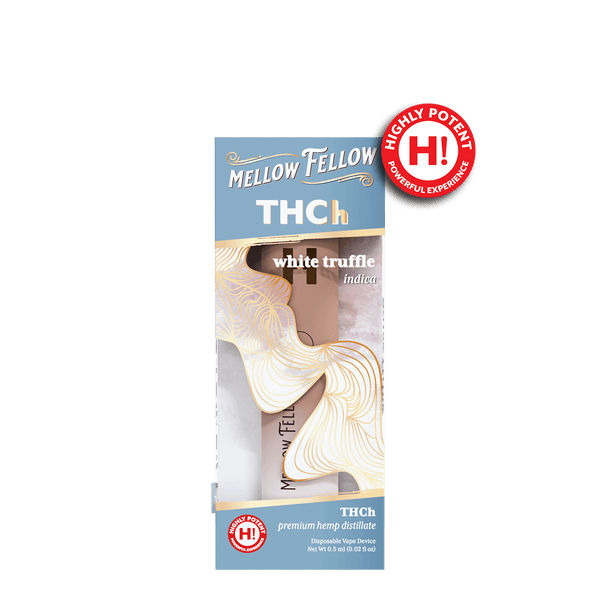
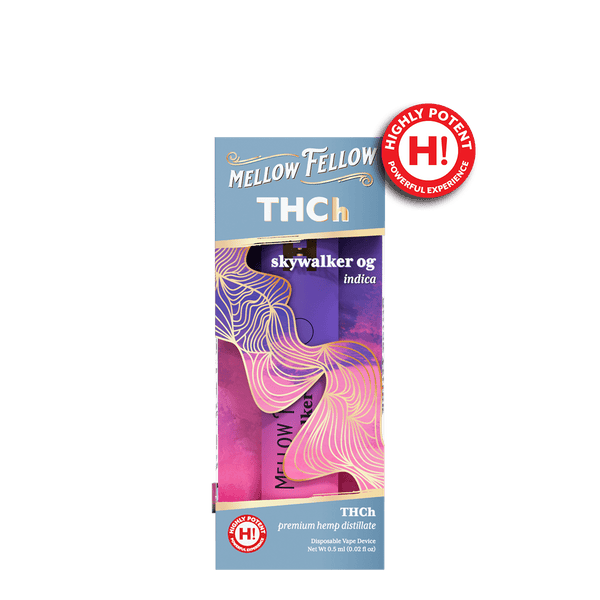
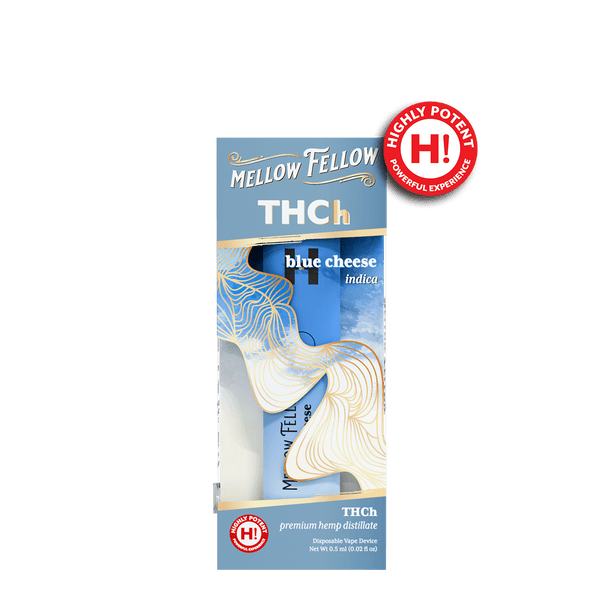
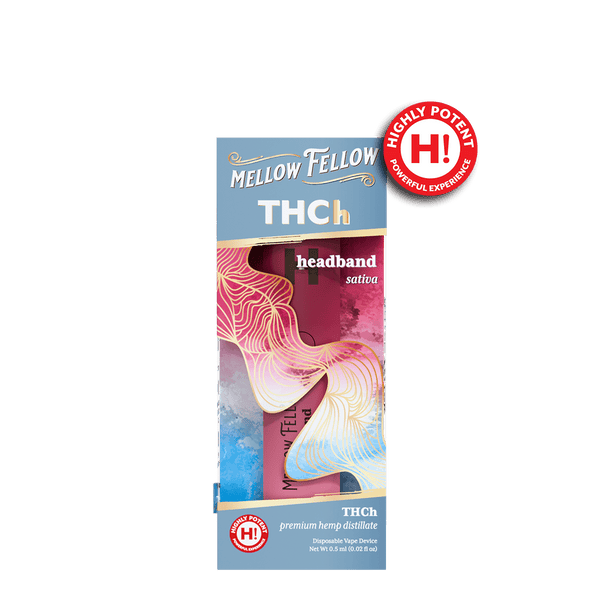
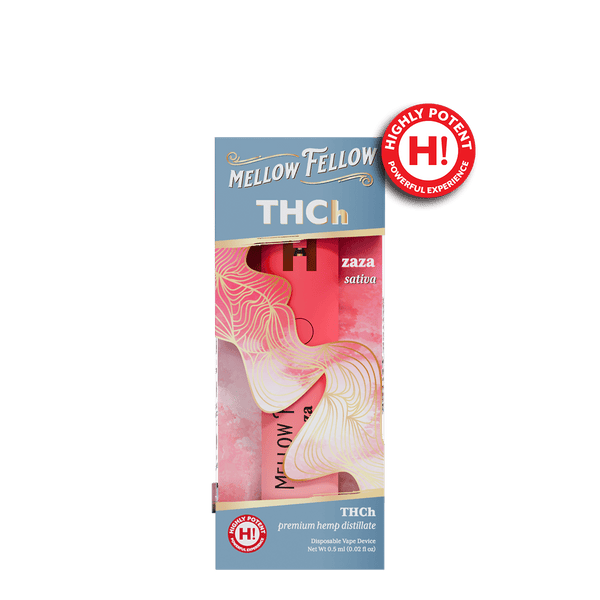
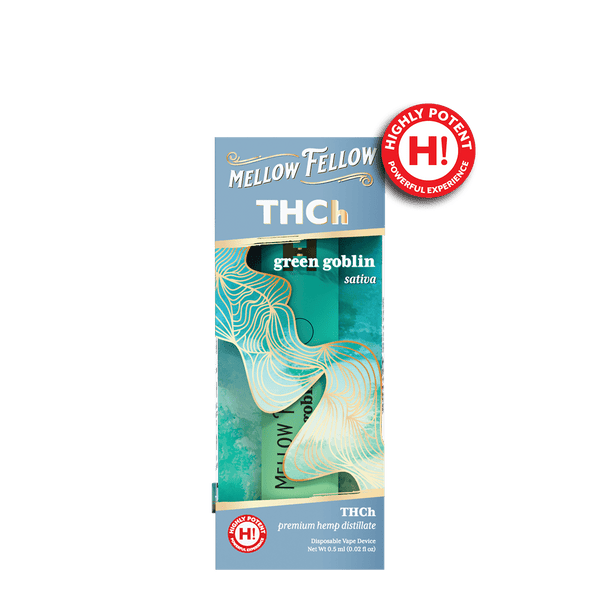












Thanks for all the information. Lots of possible fixes.
Leave a comment